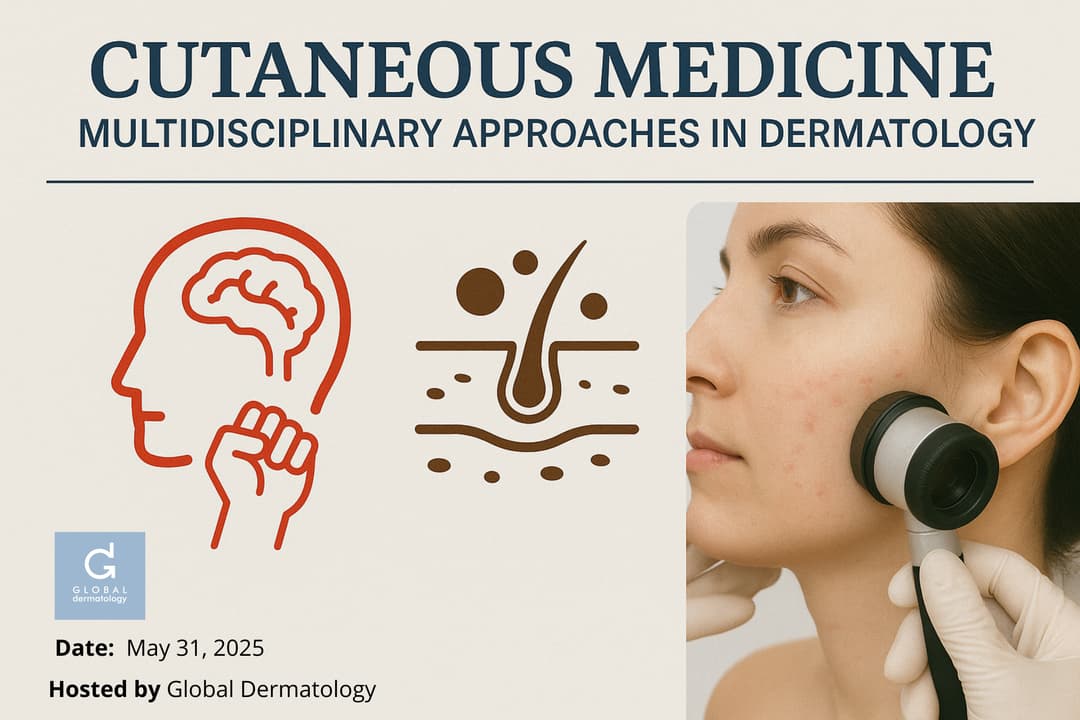
Cutaneous Medicine: Multidisciplinary Approaches in Dermatology
15h30
10 modules
61 lectures
Accreditation
Cutaneous Medicine: Multidisciplinary Approaches in Dermatology

Chair:Prof. Fahafahantsoa Rapelanoro Rabenja,

Cutaneous Medicine: Multidisciplinary Approaches in Dermatology
15h30
10 modules
61 lectures
Accreditation
Atopic Dermatitis and allergology

Adult atopic dermatitis
Samira Zobiri MD

Urticaria Management
Kiran V. Godse MD, PhD, FRCP(Glasg.)

Pathophysiology and new therapies in atopic dermatitis
Martin Steinhoff MD, PhD, Msc
Hyperpigmentation

Mechanisms of Melanin: Redefining Hyperpigmentation Treatment Through Energy-Based Modalities.
Ruri Pamela MD

Machine Learning and Generative AI Shaping the Future of Diagnosis and Laser Targeting
Patrick HUANG

Managing Hyperpigmentation : Treatment Approaches for Asian Skin
Tatyana Vinnik
Practical approach to facial hyperpigmentation
Peter Ch'ng MD
Safety and efficacy of Laser Treatment for pigmentary lesions
Kentaro Oku MD
Mental Health in Chronic Dermatoses

Effect of stress on skin disorders in Children
Shrea Kapoor MD, MBBS
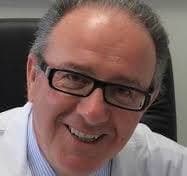
Cytokines - emergent role in the psychocutaneous disorders
Lotti Torello MD

Psychodermatology: Focus on the Possible Role of Eye Movement Desensitization and Reprocessing (EMDR) in Clinical Cases
Antonio C. Sison MD

Psychosocial Burden of hidradenitis suppurativa
İlknur K. Altunay MD

Patient-Reported Impact of Dermatological Diseases (PRIDD) Measure: Quantifying psychological and social impact
Allison Fitzgerald MD
Dermoscopy in Pigmented lesions
Dermoscopy of Nevi
Elvira Moscarella MD
Interpretation of facial pigmented macules
Aimilios Lallas MD, MSc, PhD

Dermoscopy of blue lesions
Caterina Longo
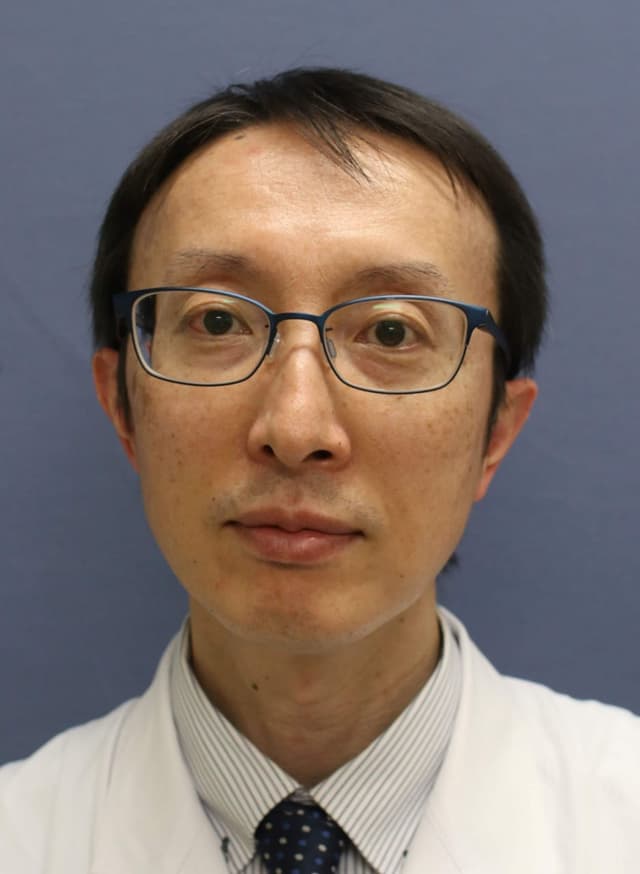
The many faces of seborrheic keratosis
Yaei Togawa PhD
.png&w=640&q=75)
Updates on Dermoscopy of Dermatofibroma
Hoda Moneib MD

Seborrheic keratosis like melanoma: an update
Gabriel Salerni MD, MSc, PhD
Dermoscopy Skin of Color

My best cases from Algeria
Nazim Khaled BENMEHIDI MD, MSc

My best cases from Brazil
Elizabeth Leocadia Fernandes MD

My best cases from India
Balachandra Ankad MD, MBBS

My best cases from Nigeria
Nkechi Enechukwu MD

My best cases from Egypt
Manal Bosseila

Dermoscopy in skin of color: best papers and updates
Enzo Errichetti MD, MSc, DVD

My best cases from Morocco
Awatef Kelati MD
Neglected Tropical Skin Diseases

A Global Overview of the Epidemiology and Public Health Challenges of Fungal Neglected Tropical Diseases
Dallas Smith PharmD, MAS
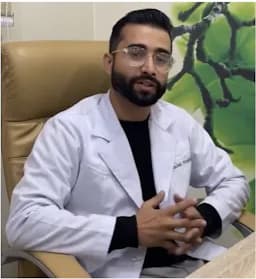
Sporotrichosis in Nepal and the evolving treatment trend
Prajwal Pudasaini MD

Clinical Conundrums in Leprosy
Archana Singal MD, FAMS

Overview of published articles on NTDs in Skin Health and Disease journal
Ewan Langan MD
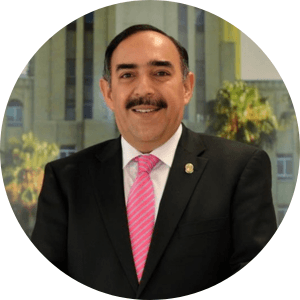
Deep Mycosis in Migrating Populations
Jorge Ocampo-Candiani MD, PhD, IFAAD

Epidemiological, policy, and technical aspects of NTDs
Priya Pathak MD

An overview of leprosy care in Nepal: A lifelong experience from leprosy center in Nepal
Mahesh Shah Shudi MD, MBBS
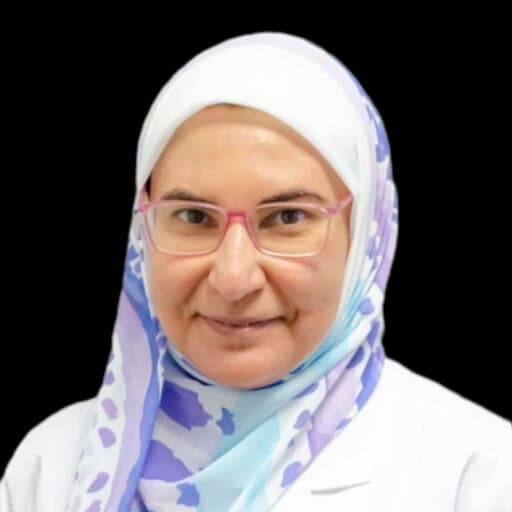
Scabies disease burden and unmet needs
Enas Attia MD, MSc

Dermatoscopy of Neglected Tropical Diseases
Pawel Pietkiewicz MD

Cutaneous Larva Migrans
Ivonne Arellano-Mendoza MD
Psychodermatology in Cosmetic Dermatology

Beauty and the Beast: Stress, Trauma, Skin Disease and an Embodied Approach To Healing
Keira L. BARR MD
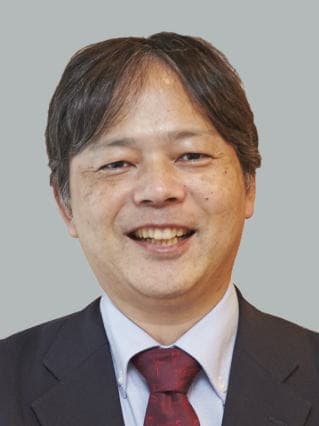
Psychosomatic approach to a case with hyperhidrosis
Makoto Hashiro MD

Approaching psychosocial impact of Alopecia Areata on Patient
Ruta Barkauskaite MD

Alopecia Areata: it is not just hair
Maria-Angeliki Gkini MD. Msc. PhD, FRCP
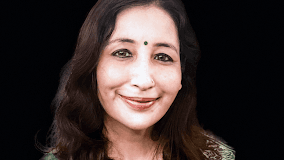
Acne, its relevance and role in Psychocutaneous Dermatology Practice
Arora Gulhima
Hair Disorders Management
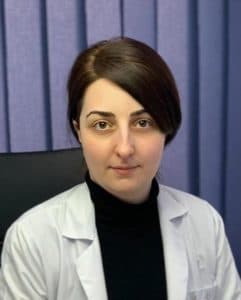
Mimickers of Female and Male Androgenetic Alopecia
Nino Khutsishvili MD, MSc
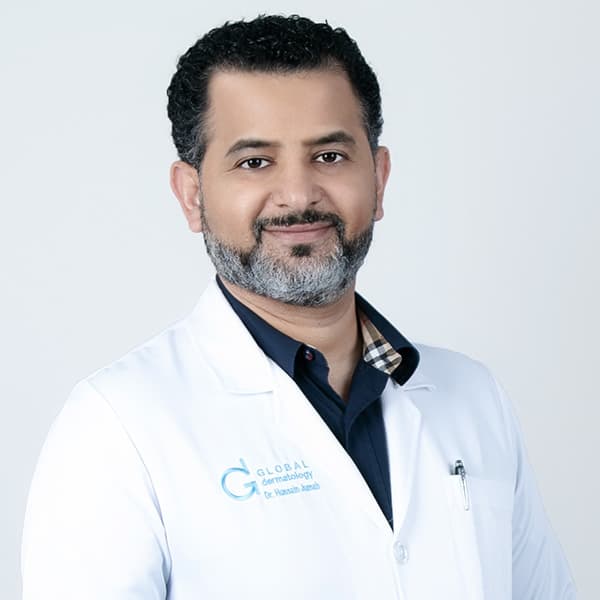
Diet and Hair
Husain Juma MD

Diagnostic tests we don’t use enough when diagnosing hair loss
Jeff Donovan MD PhD FRCPC

Emerging treatments for androgenetic alopecia 2024
Sergio VANO-GALVAN MD, PhD

Trichoscopy for beginners
Maria-Angeliki Gkini MD. Msc. PhD, FRCP

Dermoscopy in Basal Cell Carcinoma
Awatef Kelati MD
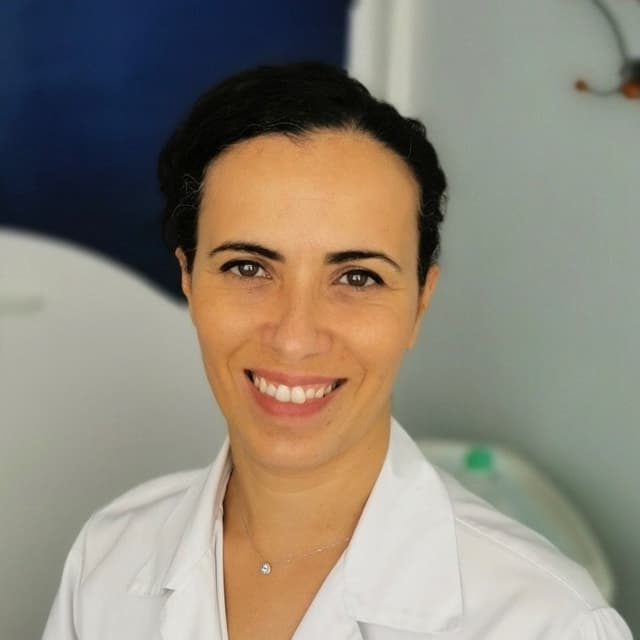
Lentigo maligna Dermoscopy updtades and cases
Florence Le Duff MD

Dermoscopy of melanoma: from diagnosis to surgical management
John Paoli MD
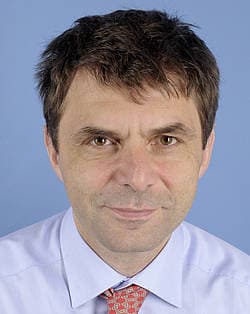
From actinic keratoses to squamous cell carcinoma
Harald Kittler

Cases on Dermoscopy of skin cancer
Verche Todorovska MD

Dermoscopy of the other cutaneous malignancies
Ashfaq Marghoob MD
Dermoscopy in General Dermatology

Super-High Magnification Dermoscopy: Cases and updates
Elisa Cinotti MD

Dermoscopy of mucosal lesions
Zoe Apalla MD, PhD

Trichoscopy/onychoscopy: tips and tricks
Antonella Tosti MD

Onychoscopy for Everyone: cases and updates
Matilde Iorizzo MD, PhD

Dermoscopy in Infectious disorders
Bengu Nisa Akay MD
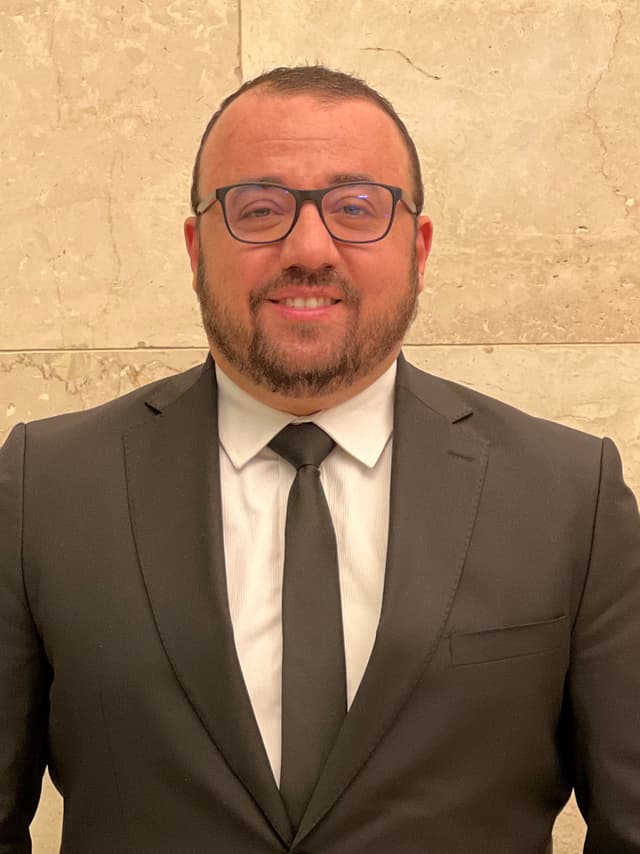
Dermoscopy applications in aesthetic Dermatology
Ahmed Sadek PhD LAD, MSc DV, DBA, IFAAD, IFEADV

Dermoscopy of Non-Pigmented skin lesions
Stephen Hayes MD
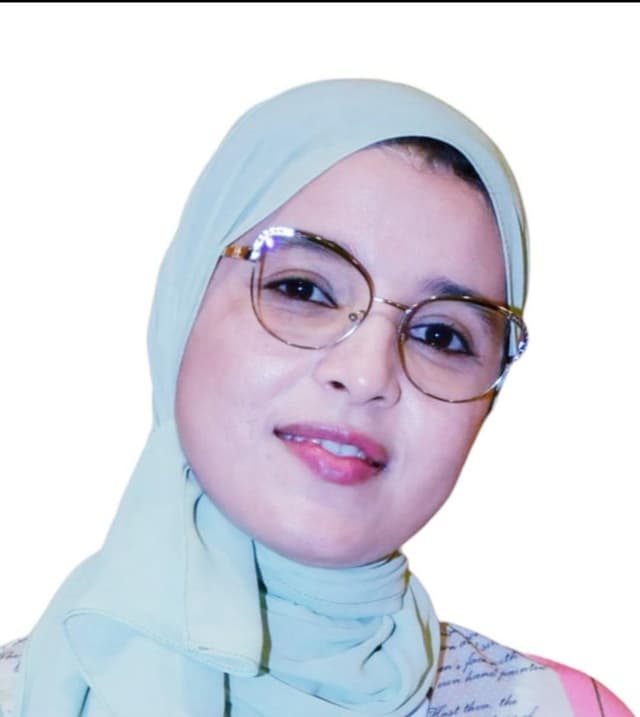
Dermoscopy in Inflammatory Disorders
Meriem Soughi MD

Trichoscopy for everyone: cases and updates
Michela Valeria Rita Starace MD, PhD
Learning objectives
This advanced course offers a comprehensive exploration of dermatology through a multidisciplinary lens, equipping participants with the knowledge and skills to manage complex skin disorders in collaboration with other medical specialties. Designed for dermatologists, primary care physicians, internists, and allied health professionals, the curriculum integrates cutting-edge research with clinical practice to address the intersection of dermatology with systemic disease, mental health, global health, and diagnostic innovation.
Key Learning Objectives:
- Understand the psychocutaneous connection, including stress-related exacerbations of skin disease, somatic symptom disorders, and evidence-based interventions for conditions like psoriasis, eczema, and trichotillomania.
- Master the evaluation and management of pigmentation disorders, from vitiligo and melasma to post-inflammatory hyperpigmentation, with emphasis on emerging therapies and patient-specific approaches.
- Recognize and manage neglected tropical diseases (NTDs) with dermatologic manifestations, including leprosy, cutaneous leishmaniasis, and filariasis, within global health contexts.
- Develop expertise in hair and scalp disorders, including alopecia areata, androgenetic alopecia, and scarring alopecias, incorporating the latest advances in genetics and targeted therapies.
- Gain proficiency in dermoscopy for the diagnosis of skin cancers, inflammatory conditions, and infections, enhancing accuracy in clinical and tele-dermatology settings.
- Explore the evolving landscape of atopic dermatitis, from pathophysiology to breakthrough treatments like biologics and JAK inhibitors, with a focus on multidisciplinary care models.
Course Features:
- Case-based learning with real-world clinical scenarios
- Interactive workshops on dermoscopy and procedural dermatology
- Expert-led discussions on bridging dermatology with rheumatology, oncology, and infectious diseases
- Updates on global health initiatives and disparities in dermatologic care
By the course’s conclusion, participants will be prepared to apply a holistic, evidence-based approach to cutaneous medicine, improving outcomes for patients with complex dermatologic needs.
Might interest you

PsychodermatologyDermoscopyNeglected Tropical Disease
Cutaneous Medicine: Multidisciplinary Approaches in Dermatology
Chair: Prof. Fahafahantsoa Rapelanoro Rabenja,
This course explores the intersection of dermatology with other medical specialties, emphasizing a collaborative approach to diagnosing and managing complex skin disorders. It covers a wide range of topics, including dermatopathology, rheumatology, oncology, and infectious diseases, highlighting how systemic conditions manifest cutaneously. With contributions from experts in various fields, the text provides comprehensive insights into multidisciplinary care, advanced diagnostic techniques, and innovative treatments. Ideal for dermatologists, internists, and specialists, it bridges gaps between disciplines to improve patient outcomes in cutaneous medicine.

Pigmentation
Pigmentation
Chair: Dr Seemal Desai, MD, FAAD
Hyperpigmentation is excess skin color from melanin. Understand melanin synthesis mechanisms and main causes.

Neglected Tropical Disease
Neglected Tropical Skin Diseases
Chair: Dr. Prajwal Pudasaini, MD
Neglected tropical skin diseases affect poor populations in tropical areas. They include leprosy, mycetoma, and cutaneous leishmaniasis, causing disability and stigma. They receive little attention and resources, leading to poor diagnosis and treatment. Increased awareness and improved healthcare access are needed to help affected communities.
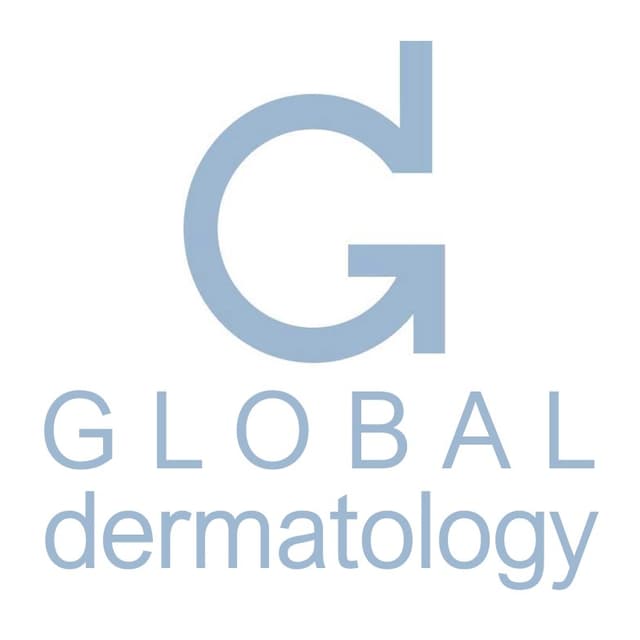
Pigmentation
Cyspera Medical Education
Chair: Global Dermatology,
Cyspera® is a topical pigment-correcting treatment formulated with cysteamine, a naturally occurring compound that reduces the appearance of persistent hyperpigmentation, including melasma, post-inflammatory hyperpigmentation, and lentigines. It is known for being non-hydroquinone, suitable for long-term use, and effective on all skin types.

Psychodermatology
Psychodermatology
Chair: Prof Mohammad Jafferany, MD
This specialized course explores the vital intersection between dermatology and mental health, equipping clinicians with the knowledge and tools to manage psychodermatological conditions effectively. Through a blend of theoretical knowledge and practical application, participants will learn to diagnose and treat dermatological delusional disorders, identify psychiatric comorbidities in skin disease patients, and implement mental health strategies for chronic dermatoses. The curriculum also examines psychological factors in cosmetic dermatology and provides cutting-edge screening techniques for body dysmorphic disorder, including modern digital manifestations like Zoom dysmorphia. Adopting a patient-centered approach, the course emphasizes multidisciplinary management of conditions where psychological and dermatological factors interact. Participants will gain expertise in recognizing psychiatric components of skin diseases, addressing the emotional
burden of chronic conditions, and applying ethical principles in cosmetic practice. The training combines expert instruction with case-based learning to bridge theory and clinical practice. Designed for dermatologists, psychiatrists, psychologists, and primary care providers, this program enhances clinicians' ability to deliver holistic care that addresses both the visible and invisible aspects of skin disorders. Upon completion, practitioners will be better prepared to manage complex psychodermatological cases while improving patient outcomes through integrated mind-skin healthcare.

Neglected Tropical Disease
Tropical Dermatology and Neglected Tropical Dermatoses
Chair: Prof. Fahafahantsoa Rapelanoro Rabenja,
Dermatological diseases, particularly neglected tropical diseases (NTDs) with skin manifestations like deep mycosis (chromoblastomycosis, sporotrichosis, mycetoma), scabies, leprosy, lymphatic filariasis, and cutaneous leishmaniasis, pose major challenges for healthcare systems in resource-limited regions of Africa, Asia, and Latin America. These conditions severely affect vulnerable populations, suffering from frequent underdiagnosis and inadequate treatment that exacerbates suffering. Diseases such as atopic dermatitis are also under consideration for inclusion as skin NTDs through collaborative efforts involving ISAD, ASDV, and WHO. Furthermore, albinism, highly prevalent in sub-Saharan Africa, presents significant social challenges including stigmatization and occult beliefs. Despite these complex difficulties, the field is undergoing a historic transformation driven by science and technology, particularly artificial intelligence (AI), which offers tangible tools for improving diagnosis, treatment, and prevention. The participation of global experts facilitates vital knowledge exchange, exploration of innovative solutions, and helps address critical shortages of human and material resources in remote areas.
Learning Objective:
Understand the complex challenges posed by dermatological diseases, especially skin NTDs and conditions like albinism, in resource-limited settings, and recognize the critical role of global collaboration, technological innovation (particularly AI), and expert knowledge exchange in developing solutions to improve diagnosis, treatment, prevention, and resource allocation.

Dermoscopy
Dermoscopy
Chair: Prof Awatef Kelati, MD
This comprehensive dermoscopy course provides dermatologists and healthcare professionals with essential skills in skin lesion evaluation, covering fundamental principles through advanced diagnostic applications across five key areas: global dermoscopy practices, pigmented lesion analysis (including differentiation of benign and malignant patterns), specialized techniques for skin of color, skin cancer detection (melanoma and non-melanoma), and general dermatological conditions (inflammatory, infectious, and hair/nail disorders). Participants will develop proficiency in recognizing diagnostic patterns, adapting techniques for diverse skin types, and applying dermoscopic algorithms, ultimately enhancing their clinical accuracy through a combination of theoretical knowledge and practical case-based learning. The course emphasizes real-world application, addressing both common and challenging scenarios in dermatological practice.

TCM Chinese Medicine
Acne Treatment in China
Chair: Prof. Haiping Zhang, PhD
Acne treatment in China combines traditional methods with modern practices.

Topographic Dermoscopy
Chair: Prof. Awatef Kelati, MD
Topographic dermoscopy refers to the region-specific application of dermoscopic examination, emphasizing the unique morphological patterns found across different anatomical sites. On facial skin, the dermoscopic assessment requires recognizing patterns influenced by the high density of pilosebaceous units and sun-induced changes, often presenting pseudonetworks and annular-granular structures. The ear, with its thin skin and sebaceous gland concentration, reveals specific vascular and follicular clues important in distinguishing benign from malignant lesions.
On the chest and back, where the skin is thicker and sun exposure varies, dermoscopy must account for irregular pigment distribution and architectural disorder, especially in large nevi or early melanomas. Limb lesions may show distinctive features due to mechanical friction, hair density, and vascular variations, demanding precise interpretation to identify atypical nevi or skin cancers.
Palmar and plantar dermoscopy highlights the parallel ridge pattern critical for melanoma diagnosis, contrasting with benign acral patterns like the parallel furrow or lattice-like structures. Scalp and hair disorders benefit from trichoscopy, where dermoscopic evaluation reveals specific signs such as yellow dots, broken hairs, or black dots, aiding in the diagnosis of alopecia areata, androgenetic alopecia, or tinea capitis.
In nail disorders, onychoscopy enables visualization of melanonychia, hemorrhages, and nail matrix changes, crucial for distinguishing subungual melanoma from benign causes like trauma or fungal infection. Mucosal dermoscopy, though technically challenging, provides diagnostic clues in pigmented lesions of the lips, genitalia, or oral mucosa, requiring adaptation to moist, non-keratinized surfaces.
Finally, ultraviolet dermoscopy reveals a unique application: scabies mites fluorescing bright green under UV light, enhancing detection when traditional visualization fails. Topographic dermoscopy thus demands both anatomical knowledge and technical adaptation to maximize diagnostic accuracy across diverse body sites.

Acne
ACNE
Chair: Dr. Jerry Tan, MD
The ACNE | Education Series, led by Dr. Jerry Tan, is a comprehensive global medical education initiative designed to enhance the understanding and skills of dermatologists and healthcare practitioners regarding acne. Participants will gain insights from leading international experts on the latest advancements in acne research, innovative treatment options, and patient-centered care approaches. The event features interactive discussions, live Q&A sessions, and evidence-based strategies, all at no cost. The esteemed faculty includes specialists from the USA, Italy, France, the UK, Singapore, Greece, Australia, Canada, and Germany. This is a valuable opportunity to improve clinical competencies and stay updated on current acne management practices.
Attendees will acquire up-to-date knowledge on acne pathophysiology, new therapeutic options, and patient-oriented management strategies to optimize clinical outcomes in acne treatment. The session will also provide practical insights through expert-led discussions and evidence-based approaches.
